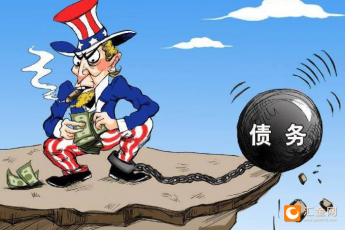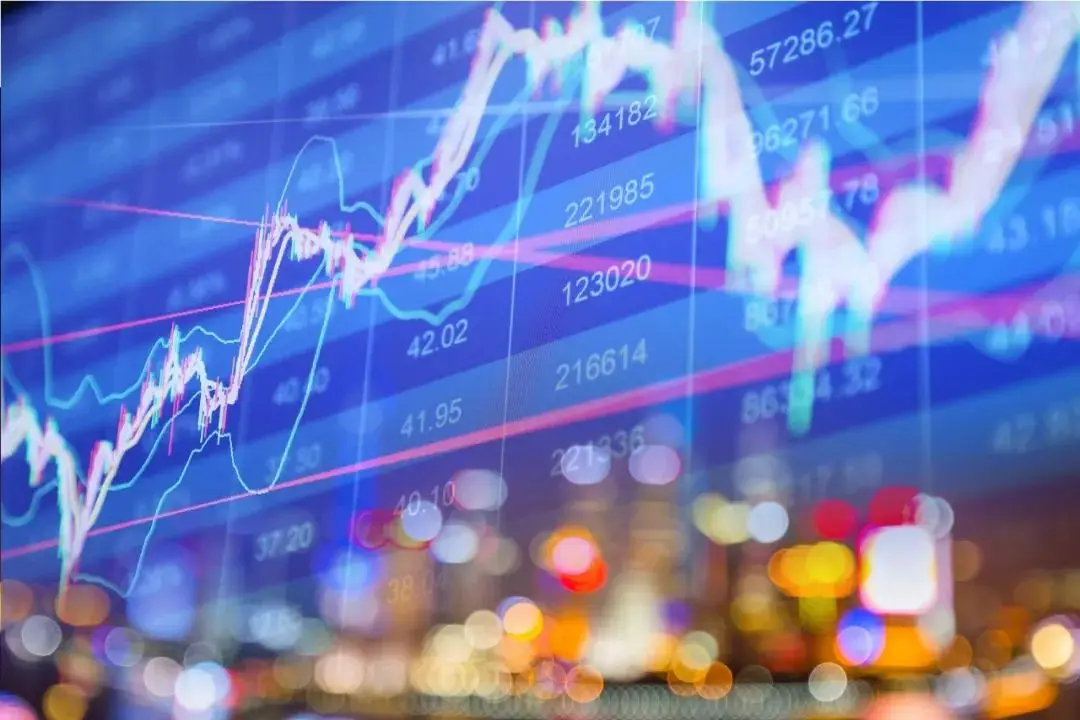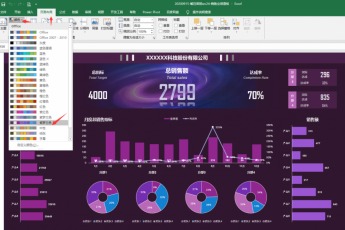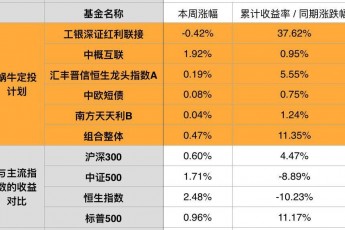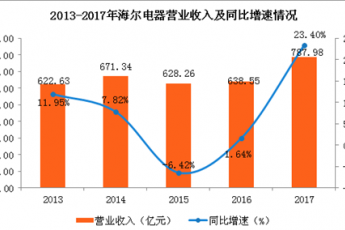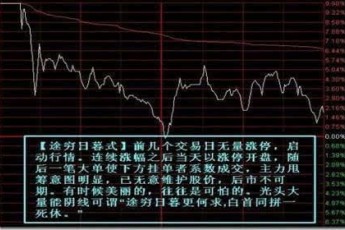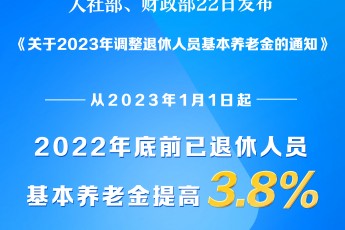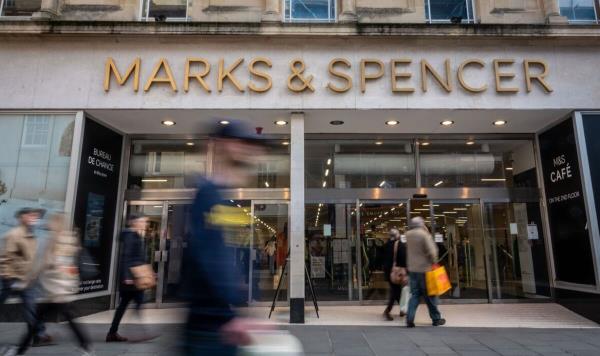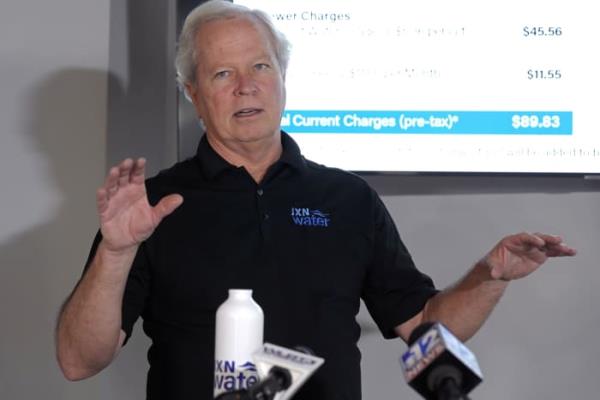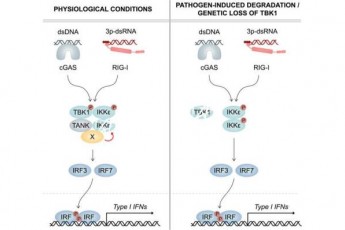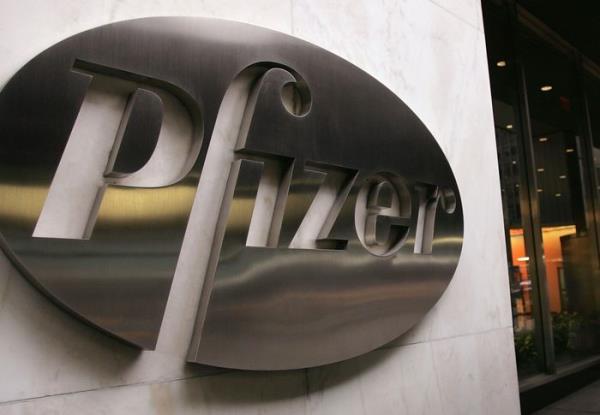
There’s a lot riding for stock and bond investors in the second half of the year, with the biggest question centered around whether the idea of “immaculate disinflation” can come fully to fruition.
The term refers to the notion that inflation might meaningfully dissipate from here, without a significant uptick in U.S. unemployment or a major recession. It’s considered to be the perfect scenario for investors and policy makers, who want inflation back down to their 2% target, and one in which the Federal Reserve’s main policy rate target wouldn’t need to go much higher from its current level between 5%-5.25%.
What makes the path ahead so tricky is that core readings that represent the purest reads on inflation are proving to be stubborn and it isn’t clear whether they’ll turn meaningfully lower, fast. If they don’t, that would likely put pressure on central bankers to keep up their inflation fight and has the potential to drive up interest-rate expectations, as well as Treasury yields. Though the bond market has come around to the fact there won’t likely be any rate cuts by the Fed soon, it still isn’t completely on board with the idea of higher rates for longer — which, in turn, is helping to support equities for now.
“The problem for the disinflation people or believers is that the core readings continue to come in too high,” said Jeffrey Cleveland, director and chief economist at Payden & Rygel, a Los Angeles-based investment management firm that oversees $148.9 billion in assets.
Friday’s core reading from the Fed’s favorite inflation gauge — known as the PCE — was 0.3% for the month of May, and has been at or above that mark for six straight months.
Via phone, Cleveland said his firm expects the monthly core PCE reading to end the year above 0.3%, but “you need monthly core PCE readings to be 0.1% or 0.2% to see meaningful disinflation.” If inflation surprises to the upside, “the whole Treasury curve moves up, with the 2-year rate most susceptible,” which would likely dent the performance of stocks.
Cleveland said he expects the policy-sensitive 2-year Treasury yield BX:TMUBMUSD02Y to get back to 5% by December — a level that was last seen in March.
The first six months of this year have turned out to be great for U.S. equities, with the Nasdaq-100 NDX,+1.69% on track for its best first-half performance on record, as investors came around to the idea that the economy is resilient enough to absorb higher rates. The unemployment rate stood at 3.7% as of May as the U.S. added a shockingly large number of jobs, while annual core readings from the consumer-price index and PCE index came in at 5.3% and 4.6%, respectively, for May.
Read: How stocks and every other major asset have performed in first half of 2023 — and over the last 18 months
Meanwhile, the benchmark 10-year yield TMUBMUSD10Y,3.805%, which reflects investors’ long-term U.S. outlook, has remained relatively contained near 3.75% for months as robust U.S. data rolled in, accompanied by signs of overall inflation easing when waning gas and food prices are factored in.
Data released this week reaffirmed that the U.S. economy and labor market are holding up, despite 5 percentage points of Fed rate hikes since March 2022. With policy makers signaling two more hikes may be on the way starting in July, the risk is that the economy continues to prove resistant to policy makers’ actions and requires even more tightening.
“Not only is the U.S. economy continuing to prove resilient in the face of significantly tighter monetary policy, but it also appears the starting point of the economy for 2023 was even higher than previously anticipated with the consumer proving to be an even stronger force across the first three months,” said Stifel, Nicolaus & Co. economists Lindsey Piegza and Lauren Henderson, in a note this week.
Via phone, Henderson said her Chicago-based firm isn’t buying into the “immaculate disinflation” theory yet and thinks inflation “is proving stickier and more persistent than many expected.”
Stifel, which updates its forecasts on a quarterly basis, is standing by its year-end expectations for the 2- and 10-year Treasury yields TMUBMUSD10Y,3.805% to be at 4.65% and 3.45%, respectively, she said. That’s below the current levels for those rates because Stifel economists foresee a short, shallow recession “sometime in the fourth quarter or beyond,” as policy makers push the fed-funds rate target up to 5.75% by year-end and stay there through 2024, according to Henderson.
Inside the market for fixings, or derivatives-like instruments in which bets can be made on upcoming consumer-price index reports, traders have been coalescing around the view that the annual headline CPI rate is likely to start falling toward 2% this year. They even see the core CPI reading dropping to roughly 2.5% annually and to 0.2% monthly, in relatively quick fashion.
However, one big name has a warning. Former New York Fed President Bill Dudley said inflation could easily go higher than his estimated 2.5% long-term average, and that the 10-year Treasury yield might even go above his “conservative” estimate of 4.5%.
On Friday, financial markets were focused on the positive aspects of the PCE report, with all three major U.S. stock indexes DJIA,+0.94% SPX,+1.33% COMP,+1.54% higher in afternoon trading. Meanwhile, 3-month TMUBMUSD03M,5.317% through 30-year Treasury yields TMUBMUSD30Y,3.843% all moved lower.
